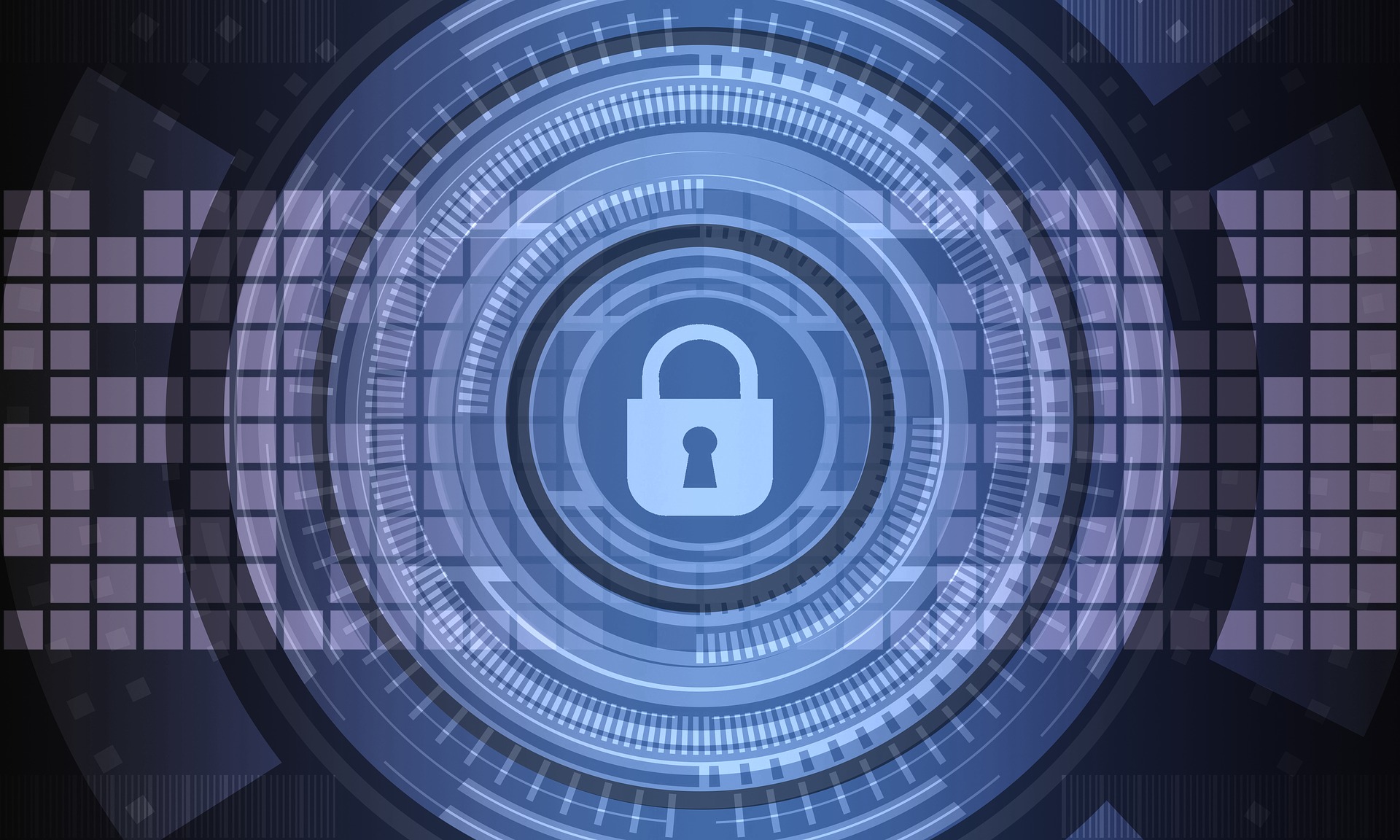What precautions do businesses need to be taking right now that a record number of people are working remotely?
Across the UK, life has been tipped upside down in drastic ways that were largely unexpected just months ago. Millions of employees now must work from home, children are being home schooled, and hospitals are facing unprecedented numbers of patients in need of care.
These changes to the fundamental order of most people’s lives have fast-tracked a newfound reliance on digital tools, that in some areas are struggling to keep up with previously unseen levels of demand.
In this article, we wanted to give you a better understanding of what businesses should prepare for in terms of network security and bandwidth issues as governments battle the spread of coronavirus.
At SDT we believe that most businesses probably did not anticipate this crisis lasting for such a long duration and most likely did not have business continuity plans in place to brace for offices being closed until the summer.
Biggest security threat concerns
Businesses should be prepared for DDoS attacks, large scale phishing attempts and even ransomware attacks that will try to force a quick payment decision.
While working from home is necessary at a time like this, it leaves critical employees away from secure buildings and far from IT teams who can keep their devices or information safe. Also, many organisations are at increased risk now that senior officials were forced to access secure systems from home, where internet connections may not have top-of-the-line security.
Administrators of key systems are now working remotely and from home on potentially insecure networks. They will then have access to critical systems which in turn could lead to attacks. Home networks could become victims of attacks and compromise noncorporate operating systems and hardware to use as a springboard to compromise organisations.
One thing to keep in mind is that any impacts to bandwidth or connectivity can significantly increase the consequences of any issues that do occur. The IT operations team that’s able to respond instantly to a security breach or systems problem when in the office is now at risk of being hampered by poor connectivity.
Accessing sensitive information
Phishing attacks are on the rise as more people work remotely and compliance to hardening standards is a must to help reduce attack surfaces. The good news is that many of the tools that allow for remote working in a secure manner already exist, including some that offer VPNs, two-factor authentication, password managers, secure file transfer and other secure features.
Organisations should be enforcing strong policies on all systems and ensuring VPNs are used to connect to backend systems. Employees are being tempted to click on fake news, false health reports, bogus information from schools and how to claim lost income back via fake inland revenue sites. Attackers are appealing to human nature and panic situations where desperate people may not think clearly and click links that are malicious.
Communication becomes important through secondary means, like phone calls, text messaging or other applications that increase communication and productivity. People need to make sure they are not using personal machines to access their organisation’s sensitive intellectual property, unless authorised by their IT team, as this can increase the risk of exposing information to unknown or untrusted systems.
Advice for best practices
Every organisation rapidly deploying work-from-home solutions need to ensure that they’re keeping employees inside a VPN to access any key systems. In situations where regulations prevent local data storage, it may also be important to ensure that remote workers are quickly provided with VDI solutions to ensure that they can continue to work in a secure environment without running afoul of regulations about how and where data is stored.
All logins should be protected by strong multifactor authentication as quickly as possible. Sessions should be configured to expire at least once a day, if not more frequently. A secure single sign-on solution helps to reduce “login fatigue” by securely reducing the number of logins that users must complete in order to go about their everyday work.
Encrypted VPNs should be enforced as a requirement to log in to or use any sensitive systems. Before any data is stored locally—for example on a remote computer—it’s clear that regulations allow this to occur and that strong storage encryption is in place.
Finally, it’s important for teams to confront these problems explicitly and in a process-oriented fashion, rather than on an ad-hoc basis. Regular meetings with relevant stakeholders from risk and compliance, operations, and other departments can help to ensure that all of the regulatory and security bases are covered and that risks and needed contingencies are accounted for—without leaving newly remote employees hamstrung and unable to be productive.
Compared to 10 years ago we are so much more able to handle a pandemic situation today. Although we face uncertain times, we are in the best place to deal with something like this and ensure the right precautions are in place.
If your business is looking to review or implementing business continuity plans, please get in touch so that we can help you. SDT can ensure that there is suitable bandwidth and resources available for everyone to work remotely and have secure access to systems to ensure students, care workers and employees provide an effective service.

